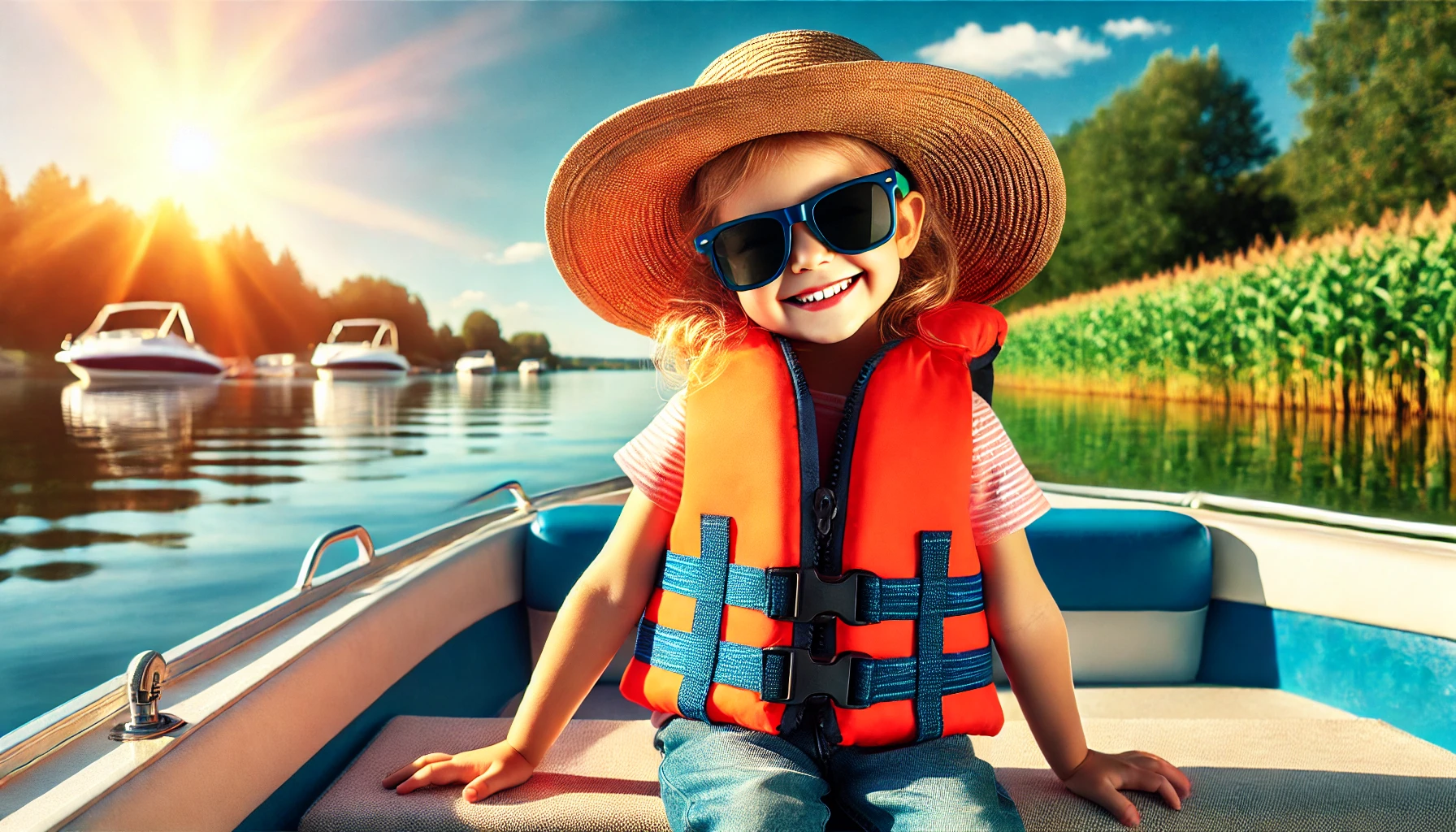Introduction
There’s nothing quite like a day on the water—whether it’s a family trip to the beach, boating on the lake, or splashing around in the pool. But when it comes to kids, safety always comes first. That’s where a kids life jacket becomes your best friend.
A good life jacket isn’t just about staying afloat; it’s about peace of mind for parents and making sure kids are free to enjoy the water without worry. In this blog post, we’ll cover everything you need to know about kids life jackets: why they’re essential, how to choose the right one, and tips for getting your little ones to actually wear them.
Why Every Kid Needs a Life Jacket
Accidents happen, even when you’re careful. A kids life jacket is more than just a precaution—it’s a lifesaver. Here’s why:
- Drowning is silent: It’s not like the movies with splashing and yelling. A life jacket keeps kids safe and visible in the water.
- Confidence for beginners: Whether they’re learning to swim or just getting used to the water, a life jacket helps build confidence.
- Laws and safety rules: Many states require kids to wear life jackets in boats or other watercraft.
How to Choose the Best Kids Life Jacket
Not all life jackets are created equal. Here’s what to look for when choosing one for your child:
1. Look for Proper Certification
Make sure the life jacket is U.S. Coast Guard-approved. This ensures it meets strict safety standards and will actually work as intended.
2. Pick the Right Size
A life jacket that’s too big or too small won’t keep your child safe. Check the weight and chest size on the label to find the right fit.
- Infants: Up to 30 lbs.
- Children: 30-50 lbs.
- Youth: 50-90 lbs.
3. Prioritize Comfort
If it’s uncomfortable, your kid won’t want to wear it. Look for features like soft fabric, adjustable straps, and a secure but snug fit.
4. Choose the Right Type for the Activity
- Type II: Best for calm waters and near-shore activities.
- Type III: Great for active water play and sports.
- Special designs: Some jackets come with extra head support for infants and toddlers.
5. Bright Colors Are a Plus
Bright colors like neon orange or yellow make it easier to spot your child in the water.
Tips for Getting Kids to Wear a Life Jacket
Let’s face it: convincing kids to wear a life jacket can sometimes be a challenge. Here’s how to make it easier:
- Make it fun: Let them pick their favorite color or design. Many life jackets come with cool patterns or cartoon characters.
- Set a good example: If they see you wearing one, they’ll be more likely to follow suit.
- Explain the “why”: Keep it simple—“This jacket keeps you safe so we can have more fun!”
- Get the right fit: A comfortable life jacket is much less likely to be a battle.
Caring for Your Kids Life Jacket
To make sure your life jacket lasts and stays effective:
- Rinse after use: Saltwater and chlorine can damage the material.
- Store properly: Keep it in a cool, dry place away from direct sunlight.
- Check for wear and tear: Replace it if you see rips, fading, or broken straps.
Conclusion
A kids life jacket is more than just a safety tool—it’s a way to make water activities stress-free and fun for the whole family. By choosing the right life jacket and making it a normal part of your water adventures, you can ensure your kids are safe while they splash, swim, and explore.
Don’t wait until you’re planning a trip to think about safety. Invest in a high-quality kids life jacket today, and enjoy every moment on the water with confidence!
FAQs
Q1: At what age should kids start wearing a life jacket?
A: From infancy! Babies and toddlers should always wear a life jacket designed for their weight range when near water.
Q2: Can my child swim without a life jacket?
A: Even if your child is a good swimmer, a life jacket is essential for boating and open water activities.
Q3: How do I know if a life jacket fits correctly?
A: It should be snug but not too tight. When you lift the shoulders, it shouldn’t go above your child’s chin or ears.
Q4: What’s the difference between a life jacket and a swim vest?
A: A life jacket is designed for safety and keeping the wearer afloat. A swim vest is typically for swim practice and may not provide the same level of safety.
Q5: How often should I replace a life jacket?
A: Check regularly for signs of wear and replace it if it no longer fits or shows damage.

